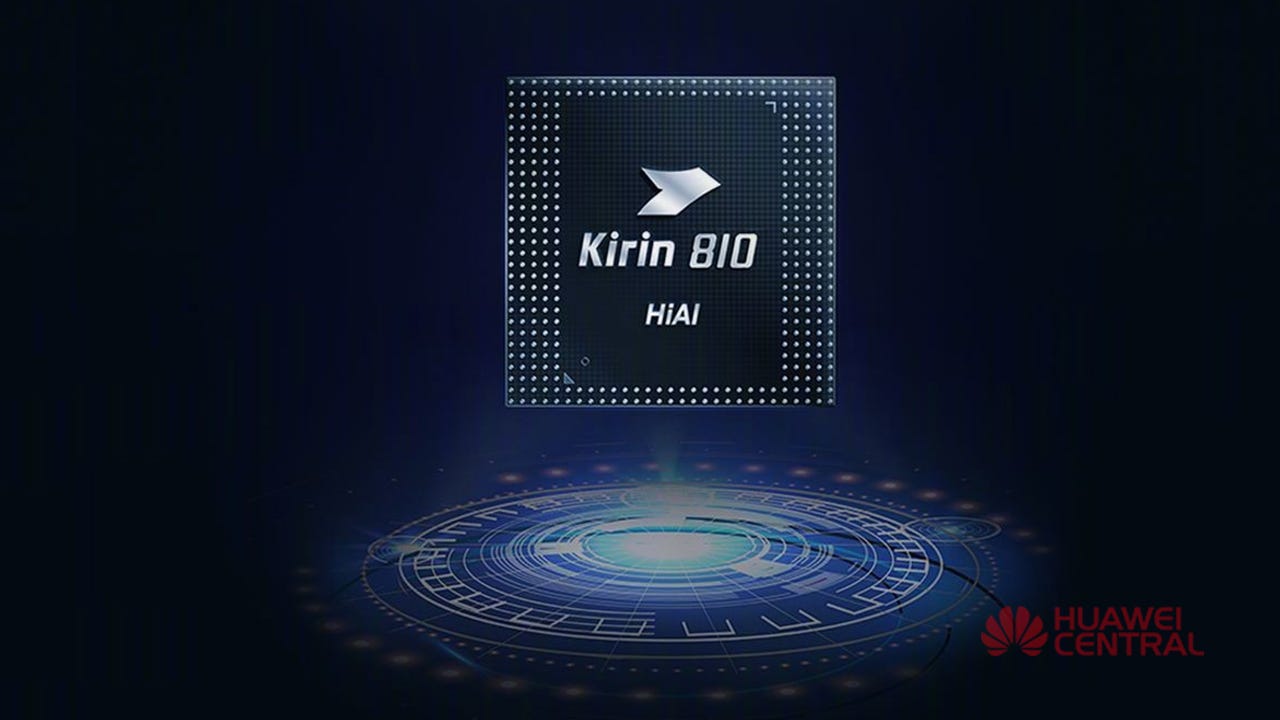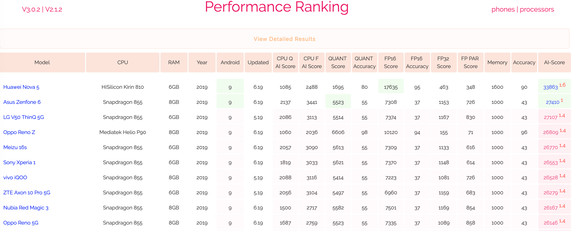I feel like último hombre de pie after this:
Hahahahaha, okey, you win this time.
I feel like último hombre de pie after this:
Meh, whatever. When Huawei launches a new Kirin with SMIC, then I'll be excited, no matter if it's 14 or 12 or 10 or 7nm.Huawei Will Launch A New 7nm SoC Soon, Kirin 810?
Argam Artashyan
June 18, 2019
Today, Huawei smartphone product line president He Gang issued a message, ‘We are about to become the world’s first smartphone brand with two 7nm SoC chips’. This is a direct suggestion that Huawei is going to launch a new 7nm chip, and we assume it’s the much-talked Kirin 810 based on a 7nm process node.
Huawei is on everyone’s lips not only due to its outstanding smartphones but also due to the HiSilicone series chips. As you know, there are not many mobile chip makers. And Huawei is among them. What’s more interesting, due to the billions of investment and huge efforts, this company could make a tough competition for such giants as Samsung and Qualcomm. Its Kirin 980 SoC provides a performance that is almost identical to the most powerful Qualcomm Snapdragon 855. Apple fans will say it has nothing in common with the A13 chip, but it’s quite another topic of conversation.
According to the previous news, the HiSilicon Kirin 810 will adopt the new 2 x A76 + 6 x A55 architecture. The chip will be also equipped with the ARM Cortex-A76 custom large core and Mali-G52 GPU. We guess no one doubts it will use TSMC 7nm process. Therefore, the performance will be way better than that of the previous generation Kirin 710.
The first smartphone to sport this chip is assumed to be the Huawei Nova 5. The latter has managed to appear on various benchmark sites, showing a decent specs list. Among them, we should mention the quad-camera module on the back and a 7nm Huawei chip (as you guess, this is going to be the Kirin 810). At the same time, the phone is said to have a Pro variant. This handset should be packed with the current flagship SoC Kirin 980. The rest of the key features include a 2K screen and four speakers.


Huawei in-house NPU architecture appears to beat Qualcomm's implementation and the previous Cambricon-derived implementation in the Kirin 980 in benchmark.
Huawei 7nm Kirin 810 Beats Snapdragon 855 and Kirin 980 on AI Benchmark Test
Jun 21

At Huawei’s Nova 5 Series smartphone launch event yesterday the Chinese tech giant unveiled its new 7nm SoC, the Kirin 810. The chipset features a new AI accelerator built on Huawei’s Da Vinci architecture that delivers better AI performance than SoCs such as Qualcomm’s Snapdragon 855 processor and even Huawei’s top-end Kirin 980 chip.
The Kirin 810 is Huawei’s second 7nm SoC, following the Kirin 980 introduced last year. Its transistor density is 64 percent higher than a 10nm processor, and power efficiency is 28 percent higher.
Huawei has packed different chipset series into its smartphones: the mid-range Kirin 710 is a cost-effective 64-bit chipset; while the high-end Kirin 980 is used in Huawei’s flagship smartphones like the P30 and Mate 20 Pro. The Kirin 810 is positioned between these two, and competes with other high-performance mobile SoCs like the Qualcomm Snapdragon 730.
The Kirin 810 features two Arm Cortex A76 CPUs running up to 2.23GHz, six Arm Cortex A55 cores at 1.88GHz, and a Mali-G52 GPU running at 820MHz. The chipset incorporates the “HiAI” computing architecture Huawei introduced in 2017 for AI acceleration.
A feature of the Kirin 810 that will be of interest to the machine learning community and users alike is the new embedded neural processing unit (NPU). Based on Huawei’s homegrown architecture, Da Vinci, the NPU delivers tensor computation, high efficiency, and high performance under half precision FP16 and INT8 data types. In the Kirin 970 and 980 Huawei used an NPU designed by Chinese AI chip unicorn Cambricon.
In the AI Benchmark test — a highly recognized evaluation metric that tests real-world performance of mobile SoCs — the Kirin 810-powered smartphone Nova 5 scored 32280, outperforming the Snapdragon 855-powered Asus Zenfone 6 (25428). In the AnTutu benchmark test the Nova 5 scored about 237k, surpassing the Kirin 970, Snapdragon 730, and Snapdragon 835.

Powered by the Kirin 810, Huawei’s Nova 5 can run deep learning algorithms to enable features such as a first-ever night mode for front camera selfies and high-quality backlit pictures. AI algorithms process raw image data to enhance human subjects while deposing dark backgrounds.
The US recently placed Huawei on its Bureau of Industry and Security “.” To comply with sanctions, SoftBank-owned chip IP company Arm suspended its business with Huawei, blocking access to micro-processors such as the , and the announced at Computex this year. The Kirin 810 was however already in production when the sanctions were announced in May. Huawei can still develop chipsets based on previously licensed Arm IP.
The US sanctions have also left Huawei at odds with Google regarding the Android ecosystem and services. In a statement issued yesterday Huawei said that its current smartphone models like the P30 and Mate 20 will update to the new Android Q operating system when it is released later this year. The company is also preparing its own operating system, Hongmeng OS, which it plans to release early next year.
The Nova 5 and Nova 5 Pro smartphones are now on presale in China.
Journalist: Tony Peng & Fangyu Cai | Editor: Michael Sarazen
I don't really see Huawei's progress in developing chips for internal use all that helpful to China's broader dilemma. If they branched Kirin out as an independent chipmaker then that would be a game changer IMO.
